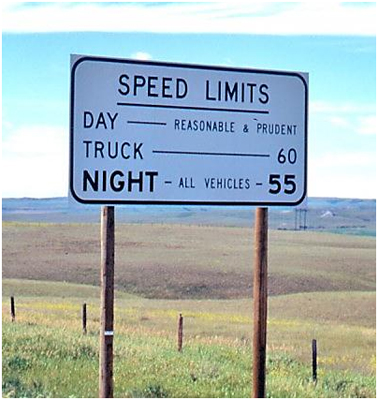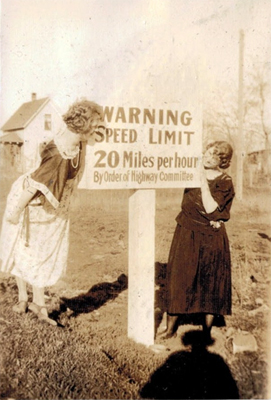Germany has had a compulsory seat belt law in effect since 1976 for drivers and passengers in the front seat. In 1984 the law was extended to included passengers in the back seat. The 2010-2011 data find that 98% of drivers and 97% of passengers wear their seatbelts in Germany. In the United States, however, seatbelt laws are regulated by state, and mandated for drivers and front-seat passengers by only 32 statesvary by state in the United States, with only 32 states mandating seatbelts for drivers and front seat passengers. The International Road Traffic and Accident Database (IRTAD) found that only 84% drivers and front-seat passengers wore seatbelts, with an even smaller 74% wearing seatbelts in the backseat. It’s this kind of careless sentiment that draws the distinction between European and American drivers. While German drivers are known for dutifully following road rules and safety regulations, Americans are much more lax with traffic laws despite facing much higher penalties than European drivers. This lack of respect for road laws creates a terrifying environment for new or cautious drivers and a truly dangerous environment for all drivers. In fact, the IRTAD finds 10.6 Americans for every 100,000 died in 2010 due to car accidents, as compared to 4.5 deaths for every 100,000 Germans. Statistics like these highlight the importance of respecting road laws, limits, and buckling up. In the United States, an estimated 70% of residents are licensed drivers
6 . In Germany that number is as high as 77.5%
7 . These numbers get only more surprising with the considerable difference in obtaining a driver’s license between the two countries.



